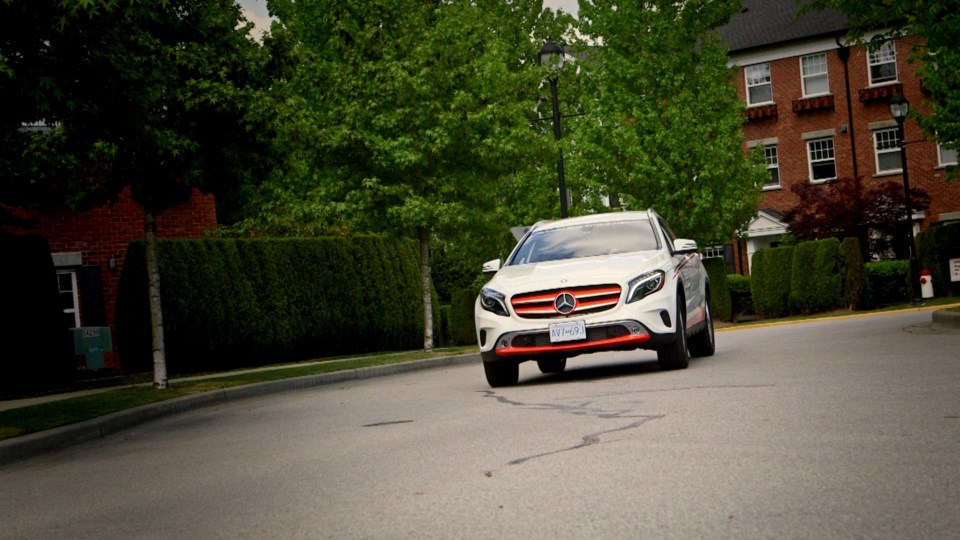Many of us who learned to drive during the past 50 years were introduced at some point in our driver education to the principles of defensive driving. Typically, it was conveyed as a series of principles taught separately in classrooms and sometimes during in-car sessions while students were behind the wheel.
Today, thanks to schools such as Mercedes-Benz Driving Academy, the term defensive driving covers a lot more aspects of driving than it used to—and it’s woven into every part of the instruction.
“Our program integrates the concept of ‘defensive driving’ within all in-class and coaching sessions,” says John Jacobsen of Mercedes-Benz Driving Academy. “We don’t teach it as a separate entity, like advanced skills for intermediate or expert drivers, because it isn’t separate. Hazard awareness and management must be part of every driver’s core driving ability.”
Defensive driving gets treated like a kind of additional, advanced skill by traditional driving schools when it should be fully embedded in all levels of training for new drivers, says Jacobsen.
“I shake my head when I hear driving schools promote ‘defensive driving courses’,” he says. “While there are a number of recognized systems for defensive driving, it really boils down to a few basic things: be aware, recognize hazards before they become problems, make good decisions, and execute your decision. These aren’t principles that should be covered in supplemental training. They must be a core part of every driver’s education from day one.”
The question of emergency vehicle handling skills is an interesting topic. Some schools dabble in teaching certain skills at the roadside which is ineffective compared to what can be achieved through participation in dedicated advanced driving courses, which are taught separately at Mercedes-Benz Driving Academy, says Jacobsen.
“Unlike effective hazard awareness and management concepts and techniques, which should be learned as part of the initial instruction, our collision avoidance courses focus on more advanced safety skills,” Jacobsen says. “Braking techniques using full brake efficiency at various speeds, proper vision skills, avoidance manoeuvres while managing weight transfer are examples of skills not typically taught in beginner courses and must be conducted at a safe dedicated training facility.”
“These courses are for drivers who have at least been in the N phase for a while,” Jacobsen adds. “Research shows that advanced vehicle handling training for new drivers can lead to problems, primarily because it can make an inexperienced driver over-confident. Too much advanced training at an early age is not advisable.”
For new drivers eager to start the Graduated License Program, Mercedes-Benz Driving Academy is an ideal starting point, says Jacobsen, because they integrate defensive driving into all their beginner courses.
For intermediate and experienced drivers, a separate closed course is available where coaches teach advanced car control techniques like cornering at a higher speed, hard braking and hard acceleration techniques.
“The mix of a teen’s tendency towards impulsivity and advanced driving techniques can be a recipe for crashes,” says Jacobsen. “Impulsivity sometimes writes cheques that their skill level won’t allow them to cash.”
To learn about beginner or advanced driving courses at Mercedes-Benz Driving Academy call 604-460-5004 visit their website or send them an email. You can also connect with Mercedes-Benz Driving Academy via Twitter and Facebook.



